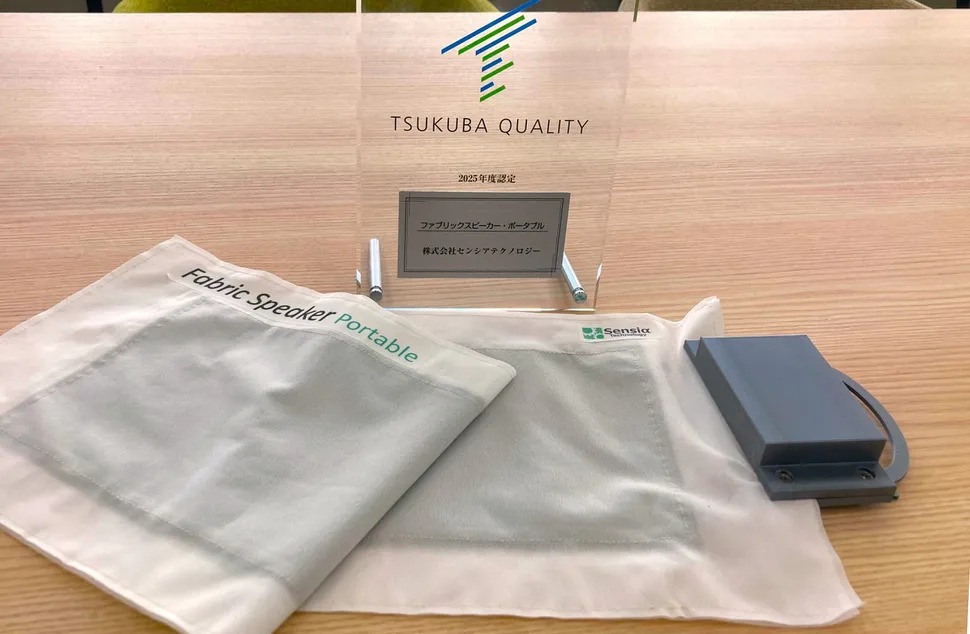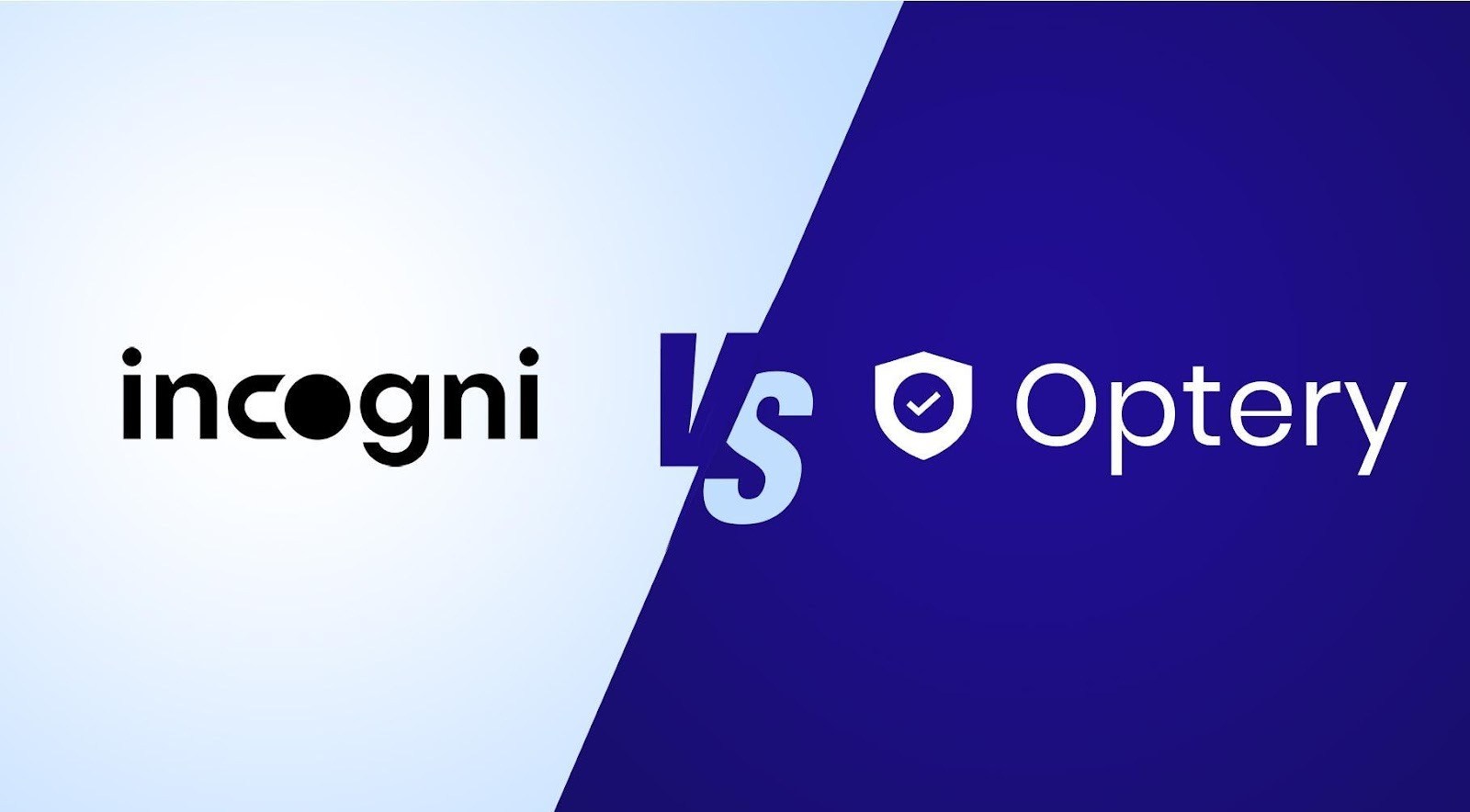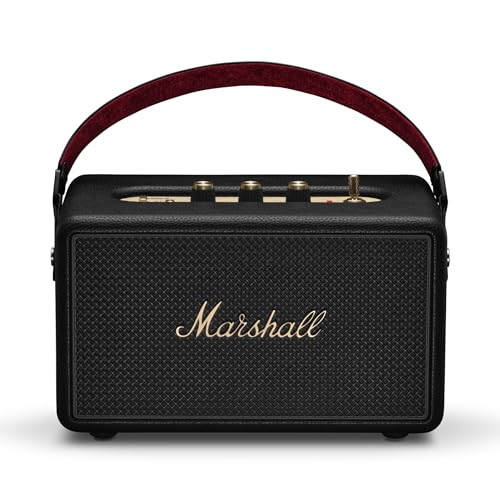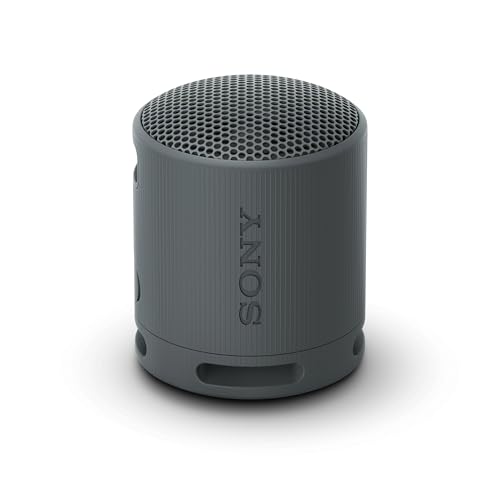In the late 20th century, PepsiCo Inc. made history by becoming the first American consumer product to be sold in the Soviet Union. This achievement was part of a groundbreaking deal that exchanged Pepsi for Soviet vodkas, marking a significant moment in U.S.-Soviet relations during the Cold War.
Why it matters: The deal not only expanded Pepsi’s global reach but also set a precedent for trade between capitalist and communist countries, demonstrating the potential for economic cooperation despite political tensions.
The 1972 Deal: Soda for Vodka: In 1972, PepsiCo and the Soviet Union forged a unique barter agreement. Pepsi would be sold in the USSR in exchange for Stolichnaya vodka, which Pepsi would distribute in the United States. This arrangement was necessary due to the Soviet ruble’s non-convertibility, meaning it could not be traded internationally.
The deal made Pepsi the first foreign soft drink available in the USSR, effectively locking Coca-Cola out of the Soviet market. By the late 1980s, Russians were consuming approximately a billion servings of Pepsi annually, solidifying Pepsi’s dominance in the Soviet soft drink market.
Role of Donald Kendall: Donald Kendall, the CEO of Pepsi, played a pivotal role in facilitating this deal. Kendall’s connections, particularly his friendship with President Richard Nixon, were crucial in brokering the agreement. Kendall used his relationship with Nixon to lobby Soviet officials, including Soviet Ambassador Anatoly Dobrynin, to accept a trade delegation led by Kendall.
Involvement of Richard Nixon and U.S. Officials: Richard Nixon’s presidency and his friendship with Kendall were instrumental in the deal’s success. In 1971, Alexander Haig, deputy to U.S. National Security Advisor Henry Kissinger, lobbied Dobrynin to accept Kendall’s trade delegation. Nixon’s personal interest in the deal, as communicated through Kissinger and Haig, helped finalize the agreement.
Acquisition of Soviet Warships: In 1989, as part of an expansion deal, PepsiCo acquired 17 submarines, a frigate, a cruiser, and a destroyer from the Soviet Union. This unusual transaction was part of a larger deal valued at nearly $3 billion, which included the exchange of Pepsi for Soviet ships and vodka. However, these warships were obsolete and intended for scrap; they were never actually used by Pepsi and were instead handled by a Norwegian shipping firm.
In 1989, Pepsi became the owner of an enormous fleet of warships as part of a deal penned with the Soviet Union. The USSR gave away 17 old submarines for just $150,000 each! plus a destroyer, a cruiser, and a frigate in place of the customary Stolichnaya vodka.
Long-term Impact on U.S.-Soviet Relations: The Pepsi-Soviet deal was a notable example of economic cooperation between the U.S. and the Soviet Union during the Cold War. While it did not fundamentally alter the broader geopolitical landscape, it represented a rare instance of successful trade between the two superpowers, highlighting the potential for economic bridges to be built despite political tensions.
In summary, the Pepsi-Soviet deal was a complex and innovative trade arrangement that involved the exchange of soda for vodka and, later, warships. It was facilitated by strong connections between Pepsi’s CEO Donald Kendall and U.S. officials, particularly Richard Nixon, and it had significant implications for both the Soviet market and the broader landscape of U.S.-Soviet relations during the Cold War era.





























